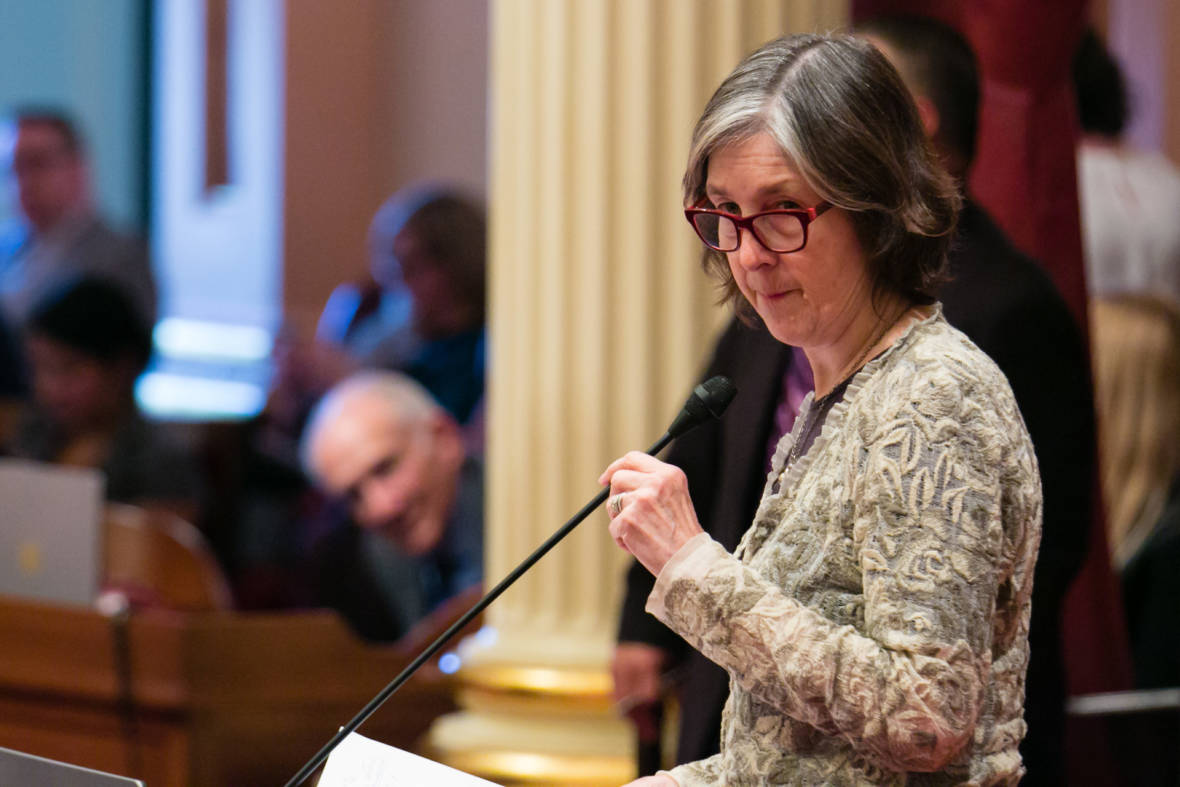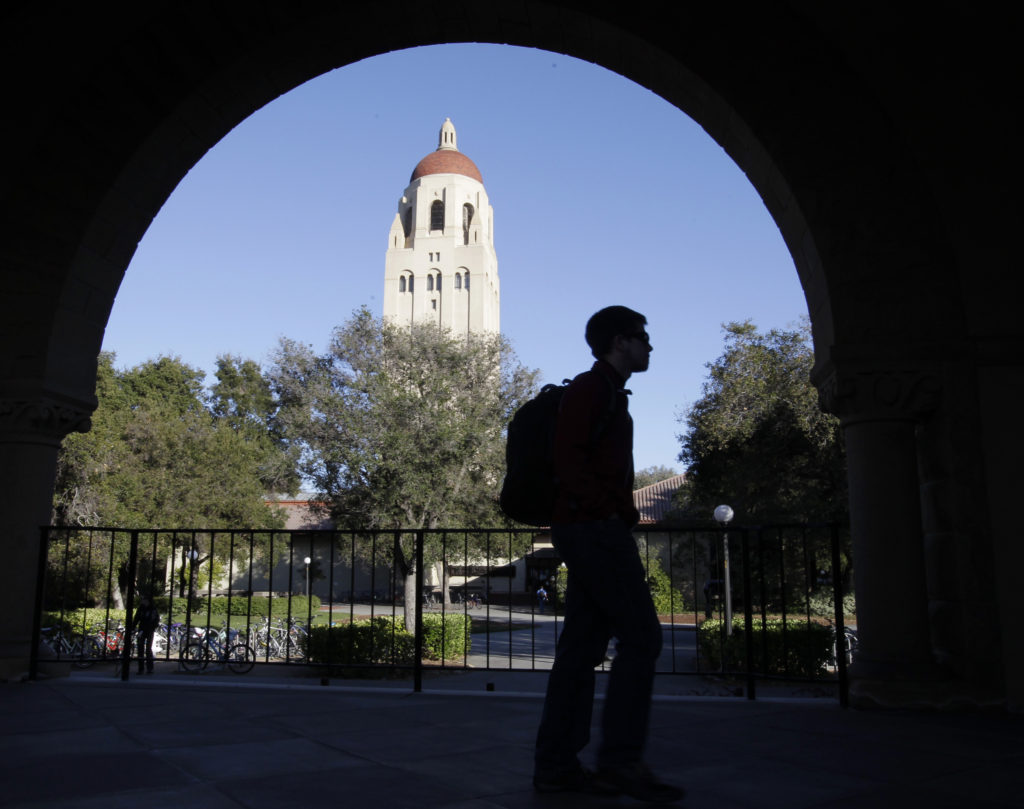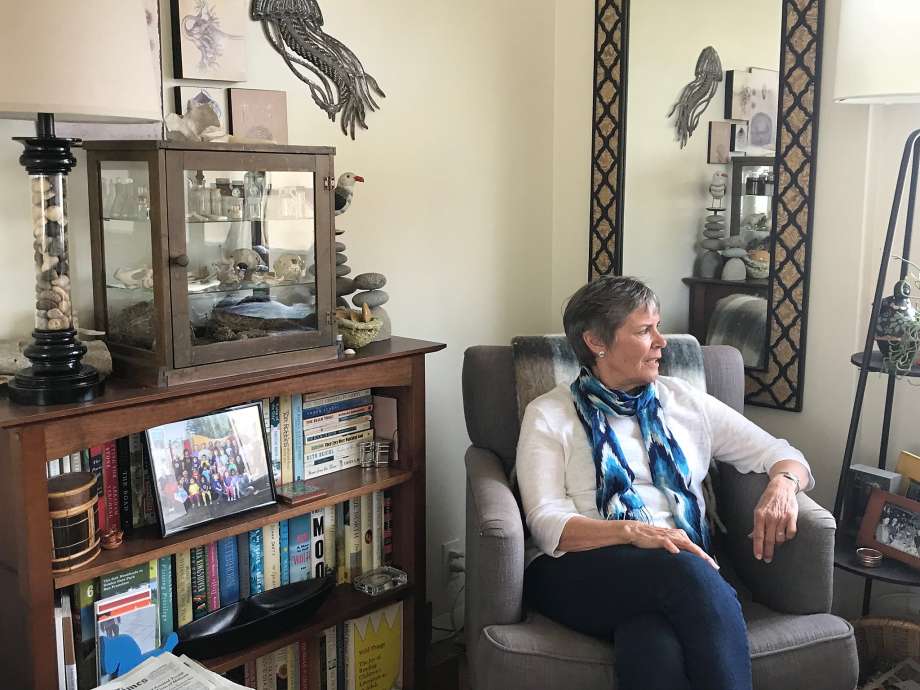Californians have felt the pain of the housing crunch, but perhaps no other group is more acutely affected by the shortfall than students scraping by. Landing an affordable abode for those pursuing higher education has proved futile for many students in the highest-rent cities in the nation. Some estimates, in fact, have pegged student homelessness in the double digits.
As this article vividly depicts, some of them are bunking in a cramped car, rationing food to save money, or cramming into the close quarters of a tiny apartment or garage. Campuses have evolved into social service agencies by instituting a patchwork of programs that provide emergency rent payment grants and reserving dorm beds for homeless students.
Legislation floated to address the problem
Amid a torrent of bills that attempt to ease the housing crisis, lawmakers are floating proposals to help these mightily struggling college students secure housing near campus without breaking their budgets.
Sen. Nancy Skinner, D-Berkeley, has led the charge with the introduction of SB 1227, a bill that hopes to spur the construction of affordable housing designed for students. She argues under existing California housing law, there is no clear path for students to prove they are eligible for subsidized apartments, regardless of need. In turn, developers cannot cash in on economic incentives they could realize by setting aside a portion of their development for low-income rental housing. Predictably, they don’t build.
“With the housing shortage that California now has, their costs can be so high that it can be prohibitive for them to go to school.”
~ Sen. Nancy Skinner
If the proposal comes to fruition, SB 1227 attacks the issue on dual fronts. It would allow students to submit financial aid documents to qualify for low-income living arrangements but would also explicitly extend state affordable housing incentives to developers that erect apartments for full-time students.
A developer that designates 20 percent of the units for lower-income students at a specified rent level will receive concessions like the inclusion of affordable units, thereby empowering developers to build more housing in a project that would not ordinarily be allowed.
Bornstein Law has always maintained that brisker construction is the answer to the housing shortage, so we applaud the bill to the extent that it gets at the root of the problem.
Enter SB 922, a bill sponsored by Sen. Janet Nguyen, R-Garden Grove, which focuses on optimizing surplus property near campuses – underutilized space near college campuses would be turned into desperately needed housing for college students. If passed, the California Department of General Services would be authorized to hand over unused real estate within two miles of universities or community colleges to local governments or nonprofits that can build.
Once again, we think this is good policy and as we noted in many other posts about accessory dwelling units, “tiny” homes, and other hybrid forms of living, the conversation around solving the housing deficit should be framed not only in terms of return on investment but return on creativity.
The lot of educators and faculty is not much better.
As California campuses confront the growing challenge of homeless students, school faculty find themselves in a similar bind of making ends meet on an educator’s salary. We came across this article that chronicles the tough times of educators in university housing who are staring down the barrel of rent increases, if not eviction, to make way for students.
While landlords who are subject to rent control ordinances are limited in the amount and frequency of rent increases, universities have no such constraints and have been availing the exemption, though San Francisco State officials are quick to point out that despite the rent hikes, faculty members enjoy below-market rents.
The opacity of these rent increases, however, has been called into question, with claims that the faculty is not given sufficient notice of changes coming down the pike.
Not limited to higher education
Teachers throughout the Bay Area’s public-school system are struggling to keep pace with rising housing costs. As we wrote about in this article, San Francisco teachers may feel some respite knowing that they may be firmly planted during the school year and not face eviction after an appellate court upheld Ordinance No. 55-16, a law that prohibits their displacement through a no-fault eviction. We hasten to say that this decision is “stayed” – awaiting further judicial review after the decision has been contested.
Our take
At Bornstein Law, we believe that awareness is half the solution, so we are encouraged to see the housing travails of educators and students be placed under a microscope. Educators serve a critically important role in inspiring young minds, and so there should be deference to these stewards of our community or the Bay Area risks losing them when they seek greener pastures. The same for students, who should not have to fret about where to lay their head or worry about other sustenance.
Clearly, this larger topic exposes a host of legal issues, whether it is rent control, proper notice, rent increases, and the adaptability to changing laws that are sure to come. On this front, Bornstein Law has you covered – contact our office for informed advice.





